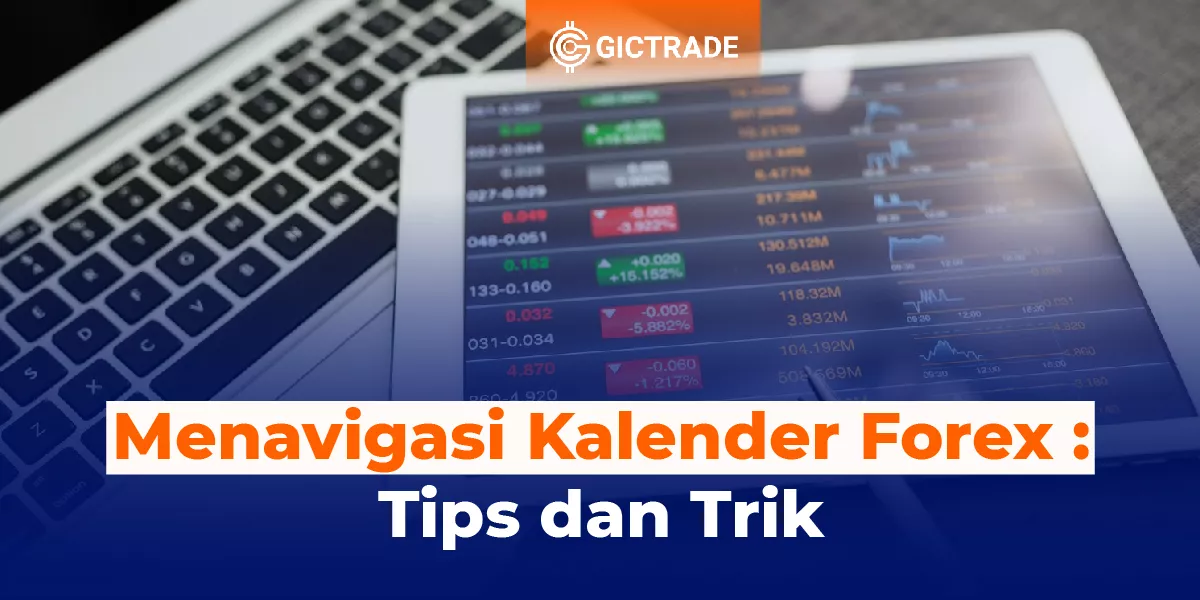In the world of forex trading, scalping is a technique that is widely used by traders to make profits in a short period of time. Scalping requires good strategies and tactics in order to earn profits consistently.
In this article, we will provide an overview of what scalping is and how to run scalping effectively. We will also discuss the advantages and disadvantages of scalping and provide some recommendations for those interested in this technique.
Table of Contents
.webp)
What is Scalping?
Scalping is a highly intensive forex trading technique and requires high concentration as well as speed and accuracy in opening and closing positions. In this technique, the trader must be able to monitor the market continuously and be willing to open and close positions in a very short time. Traders must have good strategies and tactics in order to make profits consistently.
Scalping requires knowledge of technical indicators and good market analysis. Some traders also use economic and fundamental news to help make decisions in scalping. In scalping, traders must understand support and resistance and how to use this information to make informed trading decisions.
In scalping, traders should also have a clear trading plan and follow that plan with discipline. This is crucial to limit risk and ensure that traders do not get caught up in emotions while trading. Scalping requires self-control and the ability to make decisions quickly and precisely.
Although scalping carries a high risk, it can also provide great profits if done correctly. The advantage of scalping is the ability to make quick profits and take advantage of small price fluctuations to make large profits. Scalping also allows traders to reduce risk by using stop-loss orders to limit losses if the market moves against the trading position.
Effective Scalping Strategies
A. Use of Technical Indicators in Scalping
Technical indicators are tools that traders use to help analyze asset price movements and make trading decisions. In scalping, technical indicators can help traders to determine entry and exit points in short-term transactions quickly and accurately.
Here are some technical indicators that are often used in scalping:
- Moving Average: A moving average is an indicator that shows the average price movement of an asset over a certain period of time. In scalping, moving averages can be used as a reference to determine the direction of the trend and entry and exit points in short-term transactions.
- Bollinger Bands: Bollinger Bands are indicators that help traders to determine the price volatility of an asset. In scalping, Bollinger Bands can be used as a reference to determine entry and exit points in short-term transactions by paying attention to price movements that touch the upper or lower limits of Bollinger Bands.
- Stochastic Oscillator: The Stochastic Oscillator is an indicator that helps traders to determine the overbought or oversold conditions of an asset. In scalping, the Stochastic Oscillator can be used as a reference to determine entry and exit points in short-term transactions by paying attention to price movements that move above or below the 20 or 80 level.
- Fibonacci Retracements: Fibonacci Retracements is an indicator that helps traders to determine the support and resistance levels of an asset based on the Fibonacci ratio. In scalping, Fibonacci Retracements can be used as a reference to determine entry and exit points in short-term transactions by paying attention to price movements that touch the support or resistance levels determined by the Fibonacci ratio.
Beginner traders can also make maximum profits without any hassle! Download the App Now

The use of technical indicators in scalping requires a good understanding of how to use each indicator and the ability to analyze price movements in real-time. Therefore, traders should practice with a demo account first before practicing this strategy with real money.
Also Read :
B. By Economic News
In scalping, traders can also use economic news as a reference to make transactions. Economic news such as economic data releases, central bank governors' speeches, and political statements can affect price movements. Therefore, traders should monitor economic news and have a strategy to take advantage of it.
One way to do this is to set the right stop loss and take profit levels before the release of important economic news. This will help traders to minimize risks and maximize potential profits.
Using economic news in scalping requires careful strategy and monitoring. Here are some steps that can be applied to using economic news in scalping:
- Monitor the economic calendar: Traders should monitor the economic calendar to know the release date and time of important economic data.
- Determine the affected currency pairs: Some currency pairs are more affected by economic news than others. Traders should determine the most affected currency pairs and focus on those pairs.
- Determining the direction of price movement: Traders should predict the direction of price movement after the release of economic news. This can be done by analyzing previous economic data and determining the impact of the news on a particular currency pair.
- Setting stop loss and take profit levels: Before the release of important economic news, traders should set the right stop loss and take profit levels. This will help traders to minimize risks and maximize potential profits.
- Monitor price movements: After the release of economic news, traders should monitor price movements and be prepared to open or close positions if necessary.
By following these steps, traders can take advantage of economic news as a reference in scalping and increase their chances of making a profit.
C. Use of Support and Resistance in Scalping
Support and resistance are price levels where buyers and sellers compete to control the price. In scalping, support and resistance can be used as a reference to open and close positions. Here's how to use support and resistance in scalping:
- Determining support and resistance levels: Traders should determine support and resistance levels by using price charts and technical tools such as moving averages, Bollinger Bands, etc.
- Monitor price movements: Traders should monitor price movements and determine if the price is moving above or below support and resistance levels.
- Opening a short position: If the price moves above the resistance level, traders can open short positions in the hope that the price will fall.
- Opening a buy position: If the price moves below the support level, the trader can open a long position in the hope that the price will rise.
- Setting a stop loss: Traders should set a stop loss at an adjacent support or resistance level. This will help traders to minimize risk.
The use of support and resistance in scalping can help traders determine the right moment to open and close a position and increase the chances of making a profit. However, traders should always keep an eye on price movements and ensure that support and resistance levels are still valid.
IV. Advantages of Being a Scalper
Being a scalper has several advantages, including:
- Short time: Scalping takes a very short time to open and close a position. This allows traders to make profits in a short period of time.
- Flexibility: Scalping allows traders to make transactions in a short period of time and quickly respond to price movements. This makes scalping very flexible and can be done from anywhere.
- Low trading fees: Scalping requires low trading costs because positions are opened and closed in a short period of time.
- Ability to cope with stress: Scalping requires high concentration and the ability to respond quickly to price movements. This requires a low level of stress and makes scalping a good option for traders who are unable to cope with high stress levels.
- High profit potential: Scalping has a high profit potential because traders can profit from small price movements.
Although it has its advantages, being a scalper also has high risks. Therefore, traders should have a good understanding of scalping strategies and manage risk properly before deciding to become a scalper.
Conclusion
Scalping is a trading strategy that focuses on profiting from small price movements and over a short period of time. In scalping, traders use technical indicators and economic news to predict price movements.
By using techniques such as moving averages, Bollinger Bands, stochastic oscillators, Fibonacci retracements, and the use of support and resistance, scalpers can find the right profit opportunities.
Becoming a scalper has several advantages, such as short time, flexibility, low trading costs, ability to cope with stress, and high profit potential. However, scalping also carries a high level of risk and traders should have a good understanding of scalping strategies and manage risk properly before deciding to become a scalper.
Thus, it can be concluded that scalping is a profitable trading strategy for traders who understand good strategies and manage risks correctly.
 Last:
Last: 






